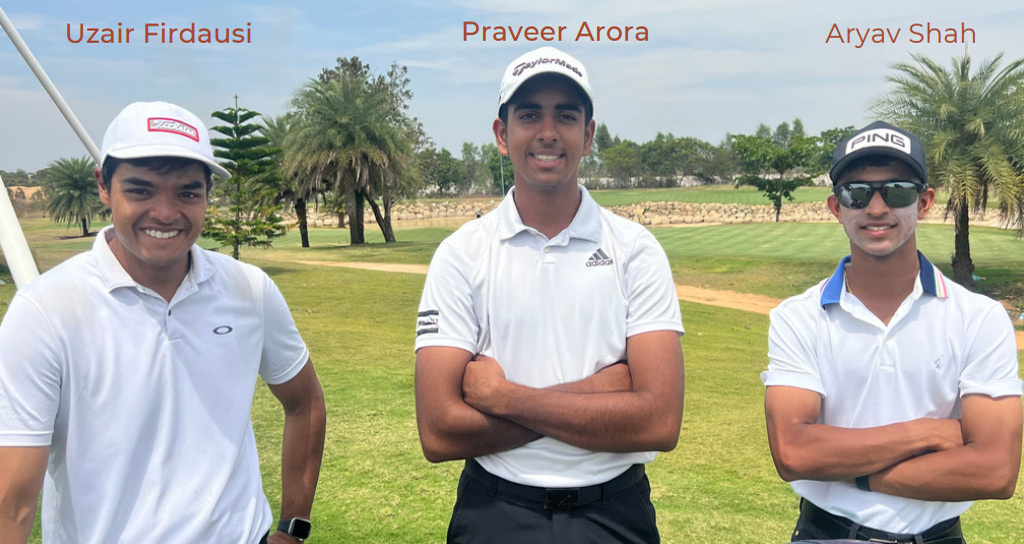In sports, maximizing performance necessitates striking a careful balance between pushing physical limits and allowing the body time to recover. At TSG Academy, we foster a holistic approach to sports education wherein an athlete’s fitness becomes central to his training in the sport. We have a team of sports scientists who examine data from the student’s game technique as well as their physical attributes. Together, these insights help maximize an athlete’s ability while training and ensure they steer clear of injury the best they can. In this quest for excellence in fitness, there are three crucial factors – Workload Ratio, Resting Heart Rate (RHR), and Rest and Recovery – which take the center stage in the athlete’s fitness journey.
Understanding Workload Ratio (ACWR)
Sports scientists use the Acute-to-Chronic Workload Ratio (ACWR) to monitor athlete training loads. ACWR compares an athlete’s recent workload to their workload over a longer period. A significantly higher acute workload vis-à-vis chronic workload can lead to injury or a risk of overtraining. Adjusting training loads to maintain a healthy balance between the two can optimize athlete performance while minimizing the risk of injury.
Resting Heart Rate (RHR)
The athlete’s readiness for training can be easily determined by looking at their resting heart rate (RHR). A regularly lower RHR may signify increased fitness, but an elevated RHR may represent overtraining or exhaustion. This seemingly straightforward indicator called resting heart rate (RHR) can reveal much about how well-prepared an athlete is for training. This seemingly insignificant statistic conveys a lot about the physiological state of an athlete. By acting as a compass, this metric directs athletes away from the dangers of overtraining or overreaching. The sports science staff can adapt training intensities by carefully monitoring RHR patterns to get insight into the athlete’s physiological rhythm.
Rest and Recovery
The physical demands of golf training demand ample downtime. Rest and healing involve a holistic strategy rather than just a passive break. The recovery jigsaw is completed by nutrient-dense foods, sufficient hydration, focused recovery workouts, and mental well-being. Athletes use the knowledge of the sports science team, under the direction of a periodized training program, to plan a symphony of training and recovery. Athletes can then maximize their training potential.
As an athlete moves from pre-season to in season training, as a high performance academy we are very dependent on our Sports Science team to ensure that the players are ready to go out and compete. From strength to athletic conditioning, mobility to nutrition, one can’t really say what is more important than the other. What is very clear though is that a well prepared athlete, physically and mentally is more likely to achieve peak performance than an under prepared one.



